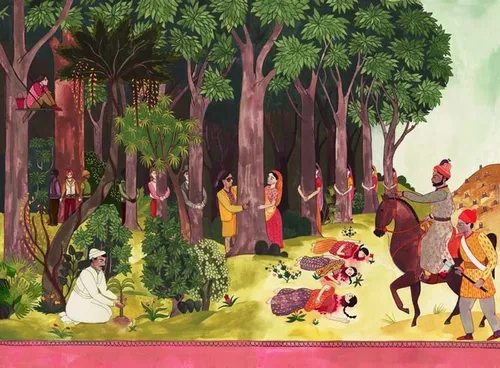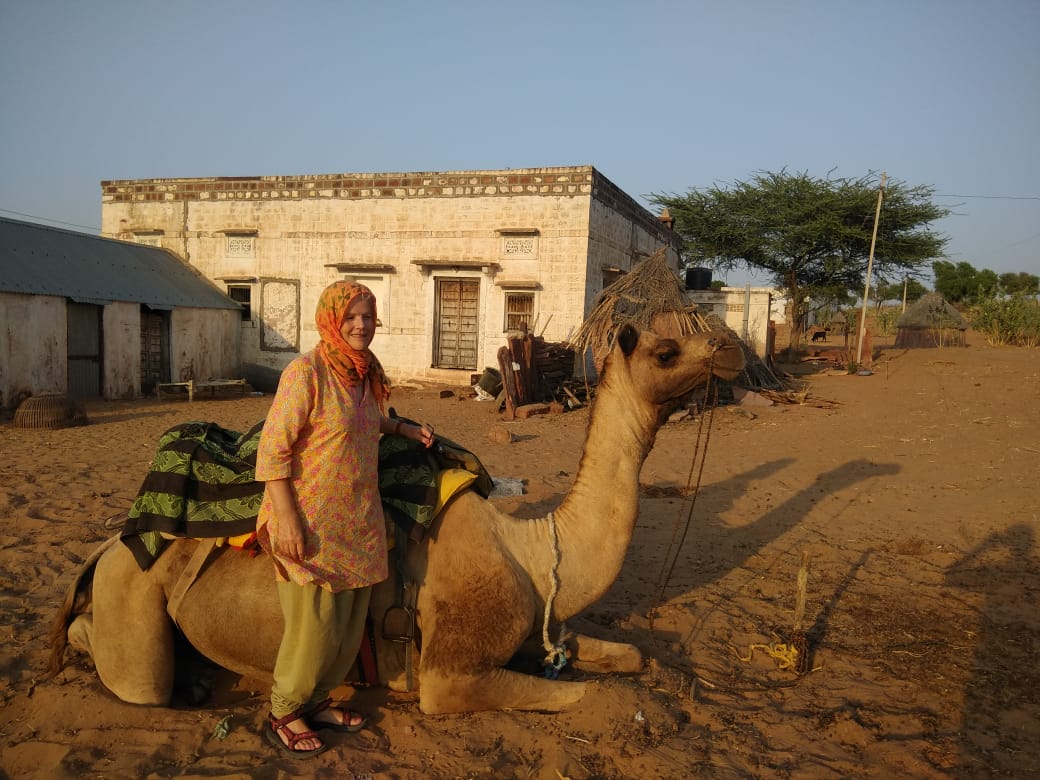About Us
Origin of the Bishnois
The sect was founded by Guru Jambheshwar (b. 1451) after wars between Muslim invaders and local Hindus. He had laid down 29 principles to be followed by the sect. Bish means 20 and noi means 9. Thus, Bishnoi translates as Twenty-niners. Killing animals and felling trees were banned. Before his death, he has stated that the black buck was his manifestation after death and should be conserved. The Khejri tree (Prosopis cineraria), is also considered to be sacred by the Bishnois.
Guardians of Wildlife
Bishnois are strong lovers of wild animals. It is because of their protection that in Bishnoi dominated areas, deer and antelope(such as blue bulls,blackbucks,chinkaras and chowsinghas) are seen grazing peacefully in their fields.
Years of Experience
0
+
Amrita Devi and the Khejarli Massacre
The roots of the Chipko movement, an environmental conservation initiative, can be traced back to the Bishnois. In 1730 A.D., a pivotal event unfolded in the sleepy village of Khejarli. Amrita Devi, a courageous Bishnoi woman, discovered that a party of men, sent by Maharaja Abhay Singh, sought to cut the green Khejri trees for the construction of the Maharaja’s new palace. In defiance of their actions, Amrita Devi stood her ground, refusing to pay a bribe to spare the trees. She declared that surrendering the trees would be an affront to her religious faith and opted to sacrifice her life to protect the greenery. Her poignant words, “Sar santey rookh rahe to bhi sasto jaan” (If a tree is saved even at the cost of one’s head, it’s worth it), resound through history.
Amrita Devi’s bravery inspired her daughters, Asu, Ratni, and Bhagu Bai, to offer their heads for the cause. This selfless act set in motion the Khejarli Massacre, as other Bishnois joined in the sacrifice. The story spread rapidly, uniting Bishnois in 83 surrounding villages. They collectively resolved that for every green tree felled, a Bishnoi volunteer would offer their life. Their unwavering commitment to protecting nature continued despite the royal party’s taunts and the sacrifice of young men, women, and even children.
Amrita Devi’s bravery inspired her daughters, Asu, Ratni, and Bhagu Bai, to offer their heads for the cause. This selfless act set in motion the Khejarli Massacre, as other Bishnois joined in the sacrifice. The story spread rapidly, uniting Bishnois in 83 surrounding villages. They collectively resolved that for every green tree felled, a Bishnoi volunteer would offer their life. Their unwavering commitment to protecting nature continued despite the royal party’s taunts and the sacrifice of young men, women, and even children.

Conservation Triumph
The relentless determination of the Bishnois led Maharaja Abhay Singh to halt the tree felling. In a profound acknowledgment of the Bishnois’ courage, he apologized for his officials’ actions and issued a royal decree, inscribed on a copper plate. This decree mandated the strict prohibition of tree cutting and animal hunting within the revenue boundaries of Bishnoi villages. It also outlined severe penalties for those who violated this order, including members of the ruling family. This historic conservation triumph honors the memory of 363 Bishnois, young and old, who made the ultimate sacrifice.

Trivia
Bishnois are renowned for their fierce protection of trees and wildlife, making them a formidable challenge for any hunters.
Unlike most Hindu communities, Bishnois choose to bury their dead instead of cremating them, as cremation requires the use of wood, a resource they strive to conserve.
In October 1996, Nihal Chand Bishnoi gave his life to protect wild animals. His story was adapted into the film "Willing to Sacrifice," which received the Best Environment Film award at the 5th International Festival of Films, TV, and Video Programmes in Bratislava, Slovakia.
